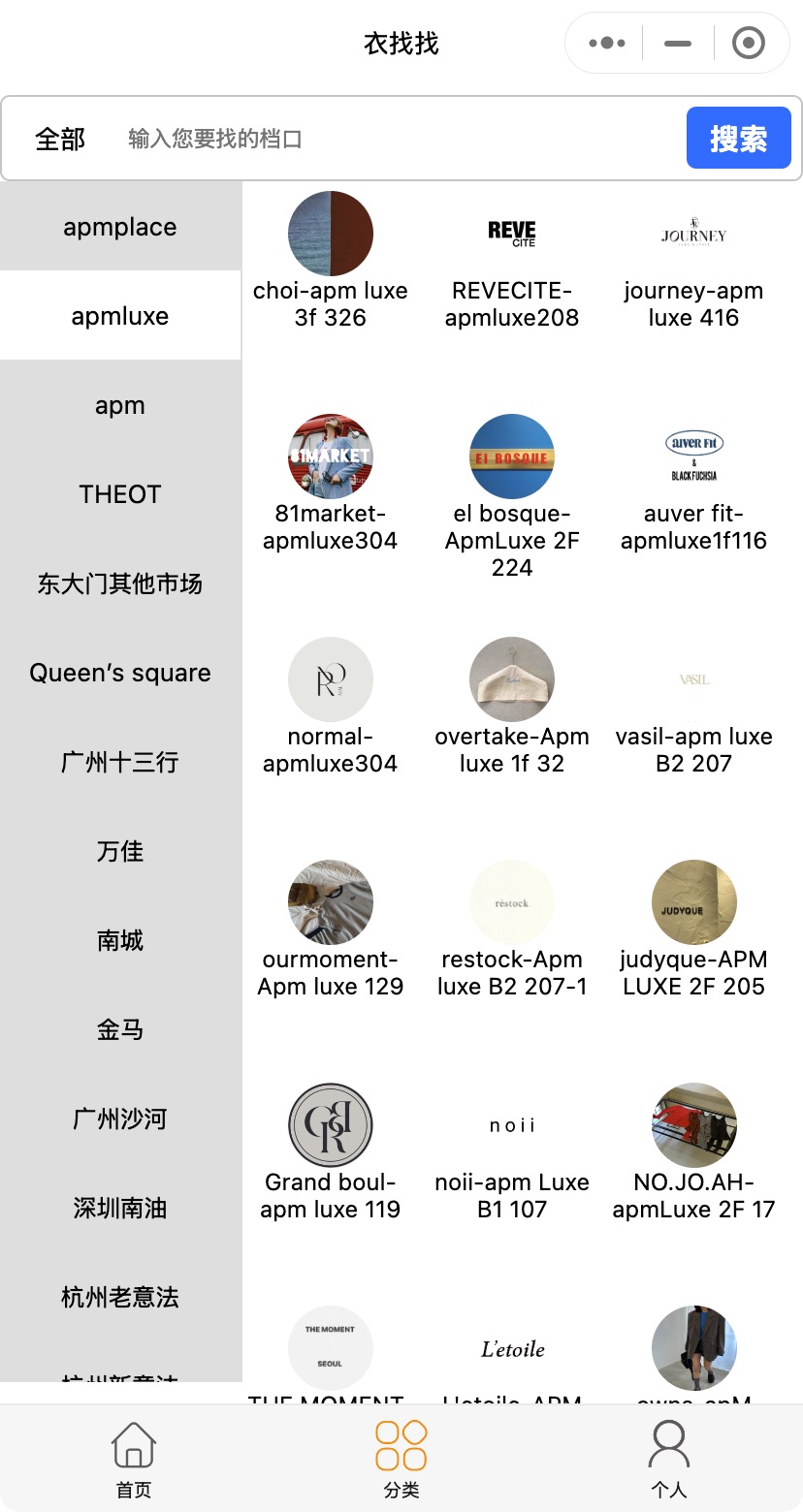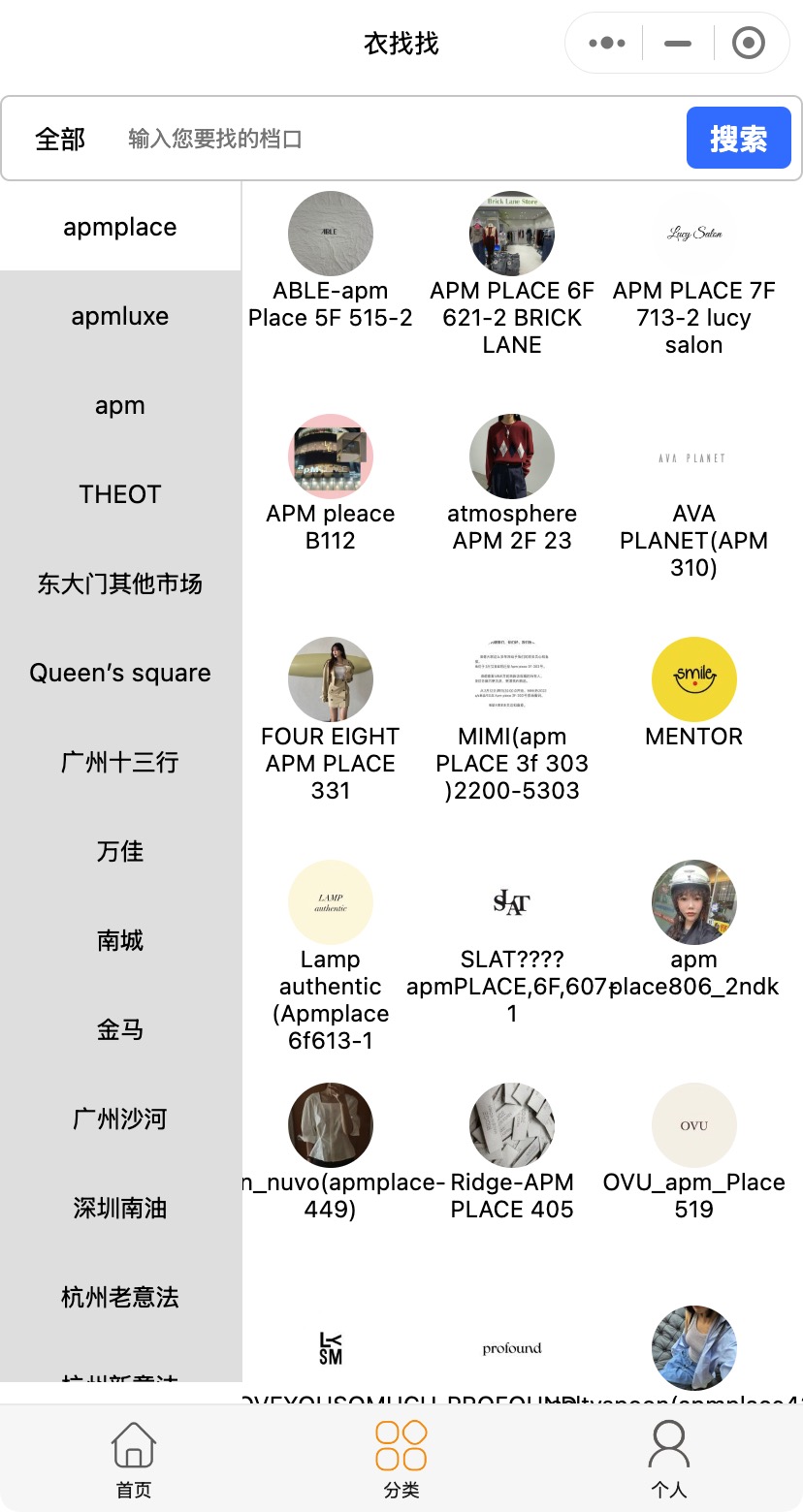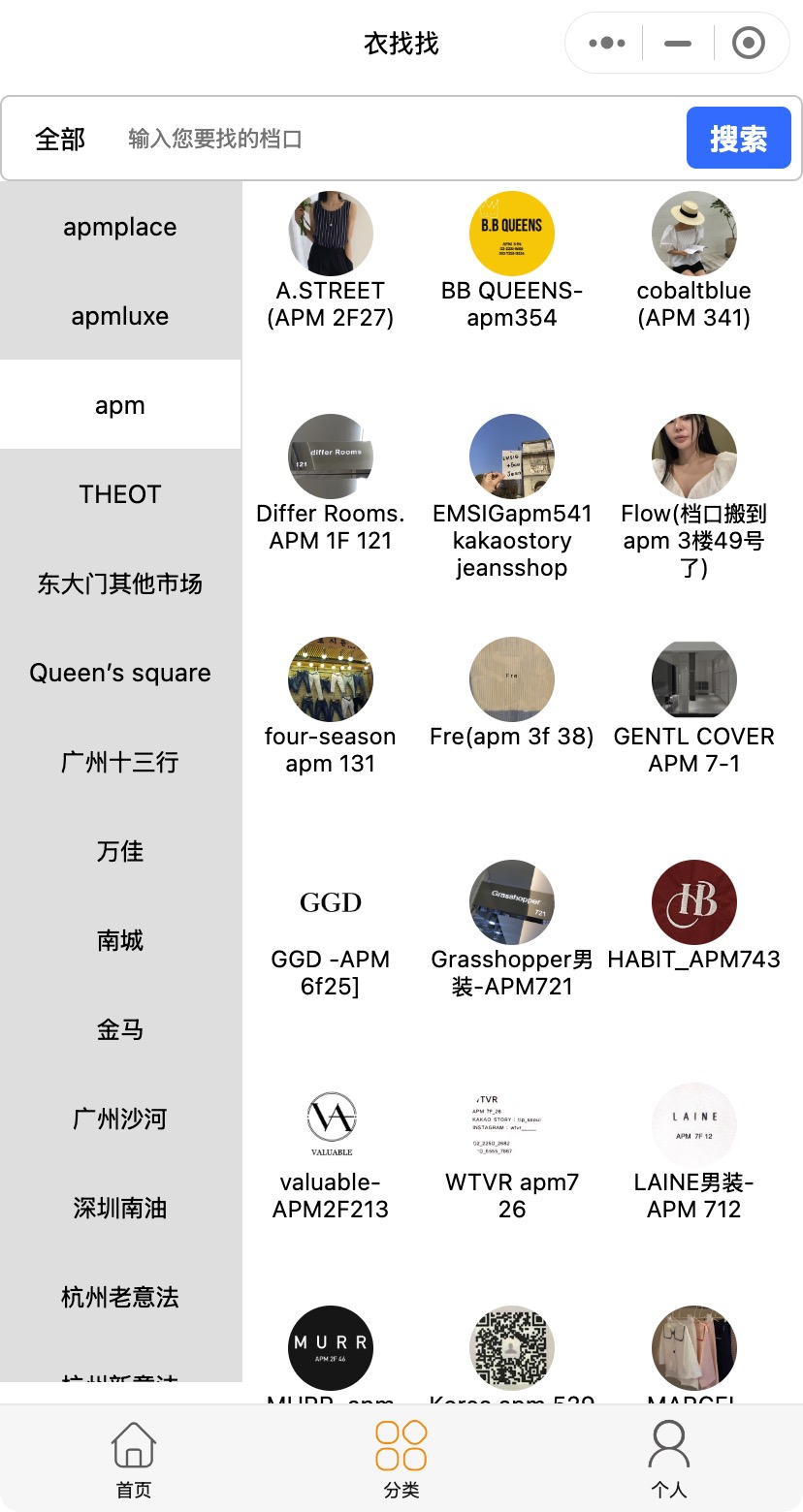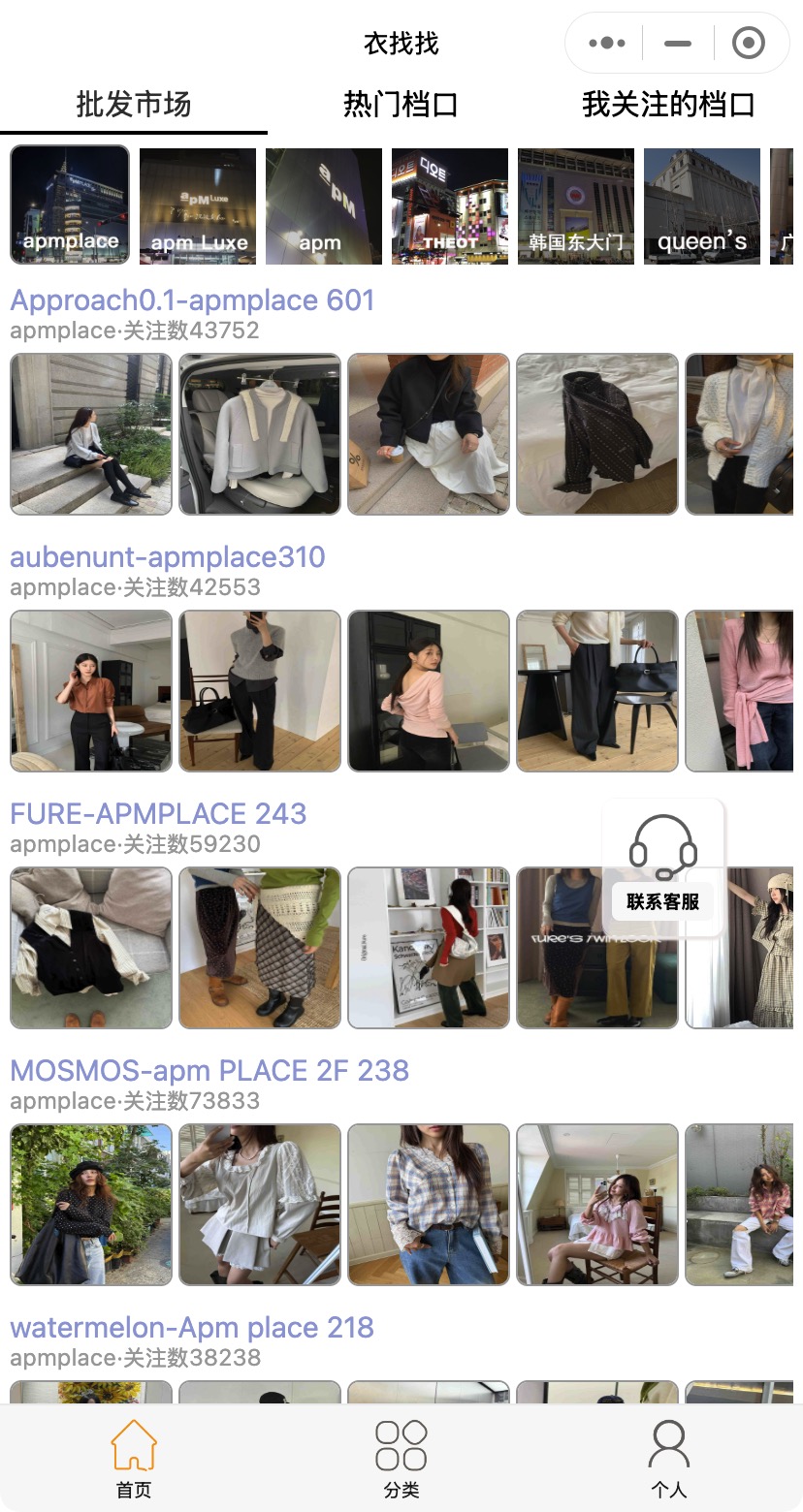For China′s wholesale market information, visit Soudangkou.com at cdn.soudangkou.com . Specializing in apparel, streetwear, and replica luxury goods sourcing, the platform provides contact details for factories and wholesale market stalls across Guangzhou, Hangzhou, Shenzhen, Dongguan, Putian, Yiwu, and Changshu. Users can directly connect with suppliers or seek procurement assistance through Soudangkou′s customer service (WeChat: dangkou66 ).
Product engineering is a complex and challenging process that involves various stages, from ideation to production. Despite the best efforts of product engineering teams, problems and issues are bound to arise during this process.
Teams must have a structured approach to find root causes and tackle these problems efficiently in product and process improvement. This is exactly where the 8D (Eight Disciplines) problem-solving process comes in.
During World War II, the US government first codified the 8D problem-solving process into law under Military Standard 1520. Ford Motor Company then refined and popularized it in the early 1990s. The 8D process is now the facto standard for problem resolution, CARs (Corrective Action Requests), and SCARs (Supplier Corrective Action Requests) across various companies.
Along similar lines, this blog post will discuss: what is the 8D problem-solving process? We will also explore the precise steps involved in the process. So, let’s get the ball rolling.
Table of contents
hide
What is the 8D Problem Solving Process?
When to Apply the 8D Problem Solving Process?
The Eight Steps for 8D Problem Solving Process
D0. Planning and Preparing for 8D
D1. Establish a Team
D2. Describe the Problem
D3. Develop Interim Containment Actions
D4. Root Cause Analysis and Identify Escape Point
D5. Choose/Verify Permanent Corrective Action
D6. Implement/Validate Corrective Actions
D7. Prevent Recurrence
D8. Recognize Team and Individual Contributions
Conclusion
What is the 8D Problem Solving Process?
The 8D problem-solving process is a comprehensive, collaborative strategy for resolving complex product engineering issues. This technique helps find the source of an issue, eliminate recurring problems, and establish containment measures to protect customers, and implement course-correcting measures to forestall recurrences.
The 8D process’s best attributes are its systematic approach, strict rules, and rigorous methodology. 8D is a hybrid technique that takes the best parts of several different methods. It’s an approach to troubleshooting that emphasizes making broad, systemic improvements to processes to head off not only the immediate problem at hand but any repercussions that could arise.
Without a shadow of a doubt, the global 8D problem-solving process has become one of the most widely employed techniques in product engineering in recent years.
When to Apply the 8D Problem Solving Process?
The 8D problem-solving process is often required when:
1. A safety or regulatory issue has been identified
2. Customer complaints acceptance (customers include external customers and internal customers)
3. Warranty issues indicate a higher-than-expected failure rate
4. Too much internal waste and waste
5. Poor product performance
6. The level of product testing failure is unacceptable
7. Product production costs exceed budget
The Eight Steps for 8D Problem Solving Process
As mentioned earlier, the 8D problem solving process is a widely used structured methodology for resolving complex problems in product engineering. The process involves eight steps that help teams to identify, analyze, and resolve problems while minimizing the risk of recurrence.
The following are the detailed steps involved in the 8D problem solving process:

D0. Planning and Preparing for 8D
Proper planning and preparation are always a good start before taking any action. So, you need to consider the following before forming a team:
- Problem description
- Time frame for resolution
- The number of resources needed to accomplish this
D1. Establish a Team
The first step of the 8D problem solving process is to form a multidisciplinary team with a wide range of expertise. Include team members with unique perspectives and expertise in tackling the challenge. In addition, the team needs a head honcho who can keep things on track and get everybody working together to address the problem as soon as possible.
- Form a cross-functional team
- Appoint a team leader(Familiar with 8D problem solving process)
- The sponsor is the leader who can make decisions about the solution provided by the 8D problem solving method
D2. Describe the Problem
Second, lay out the problem as specifically as possible. The team must collect data and information to fully grasp the issue’s magnitude. They need to provide a thorough description of the issue down to the symptoms, time, location, and frequency. Customers or other stakeholders who the problem and the desired result will impact should also be identified.
- 5W1H (why, what, who, where, when, and how)- Inductivetool
- Problem Statement
- Affinity Diagram (Deductive tool)
- Fishbone/Ishikawa Diagram (Deductive tool)
- Is / Is Not (Inductive tool)
- Problem Description

D3. Develop Interim Containment Actions
The third step is to come up with short-term measures to limit the situation. As a temporary measure until a more permanent solution is developed, the team should figure out how to keep the situation under control. Quarantining affected products, modifying process parameters, or performing emergency repairs are all examples of interim containmentactivities (ICA).
- Verify that the interim containment activities are valid
- Confirm that interim containment activities will not affect the subsequent 8D problem solving process
D4. Root Cause Analysis and Identify Escape Point
The fourth step includes pinpointing and verifying the problem’s root cause. In order to get to the bottom of things, the team should use techniques like cause-and-effect diagrams, process maps, and statistical analysis.
Further more, they need to highlight the escape points in the process at which the issue was able to sneak past quality assurance and go undetected. The team has to do some experiments or tests to confirm the causes and potential escapes.
- Verify the rootcause through data collection
- Review the flow chart to find the root cause
- Identify the “Escape Point”, which is the closest point in the process where the root cause can be found.
D5. Choose/Verify Permanent Corrective Action
The fifth step is choosing and verifying permanent corrective action (PCA) that goes to the bottom of the problem. The team should come up with ideas for fixing the problem and discuss the pros and cons of each one. They should also prioritize proposals depending on their likelihood of success. Using simulations or pilot projects, the team should double-check the chosen course of action.
- Establishing PCA acceptance criteria
- The balanced selection of PCA based on risk assessment
- Control point improvements for escape points
- Verifying the effectiveness of PCA and escape points
D6. Implement/Validate Corrective Actions
The sixth step is to put long-term solutions into action and evaluate their effectiveness. The team is responsible for formulating a strategy for executing the solutions and ensuring they are implemented uniformly across the organization. They need to maintain a close check on the results of the solutions in order to guarantee that the problem has been resolved.
- Develop an action plan for improvement
- Communicate the plan to all stakeholders
- Validation of improvements using measurement
D7. Prevent Recurrence
Preventing a recurrence of the problem is the seventh step. The team has to figure out how they’ll keep an eye out for future signs of the issue to make sure it stays fixed. In addition to fixing the immediate problem, they must take preventative steps like providing more training, enhancing the relevant processes, or instituting quality control checks.
- Review similar products and processes and suggest improvements
- Strengthen staff training
D8. Recognize Team and Individual Contributions
At this point, it’s important to give thanks to everyone who helped solve the situation. The team has to take stock of how well the procedure is working and pinpoint any weak spots. They need to enjoy their achievements and give accolades to those on the team who helped discover the solution. Reward, promotion, and/or public acclaim are all valid types of acknowledgment.
- Keep 8D problem solving process documentation on file for future inquiries and reference
- Comparison of effects before and after release (specificdata).
- Celebrate success and reward team members
Attachment is Ruizhi Sourcing’s internal training document on 8D Eight Disciplines Problem Solving Traning, There is also an tempered film issue 8D report we used to deal with, which you can refer to. It will tell you what tools and methodologies will be used in 8D problem solving process.

Conclusion
All businesses face challenges at some point. Errors can sneak through even the most detailed plans and controls, and it may not be easy to see them at the time. The consequences may be little, such as an inconvenience, or they could be significant, such as the loss of reputation or a lot of money, the need to recall a product, or the need to replace valuable property.
To not only fix the issue at hand but also stop it from happening again, it is necessary to pinpoint the problem, its effects, and its root causes. The eight disciplines (8D) model is one such methodology, first used by professionals in the automobile sector but now used in other fields.
An 8D problem solving process is an approach that aims to identify and address the root causes of issues, propose and execute interim solutions, and provide long-term protection against recurrence. An 8D is a great place to start when your product has flaws or isn’t meeting client expectations. If you want to learn more about 8D problem solving process, you can contact us.

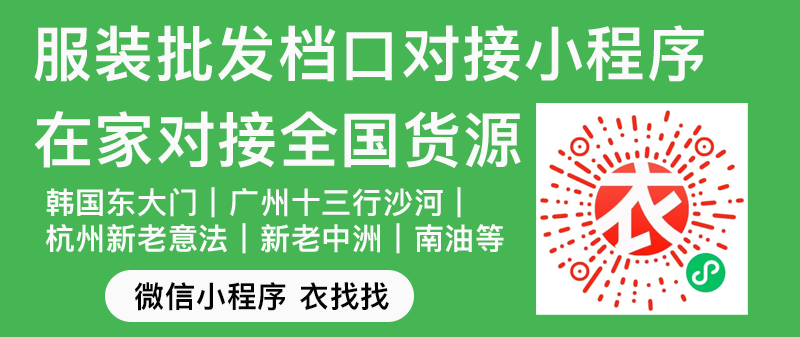
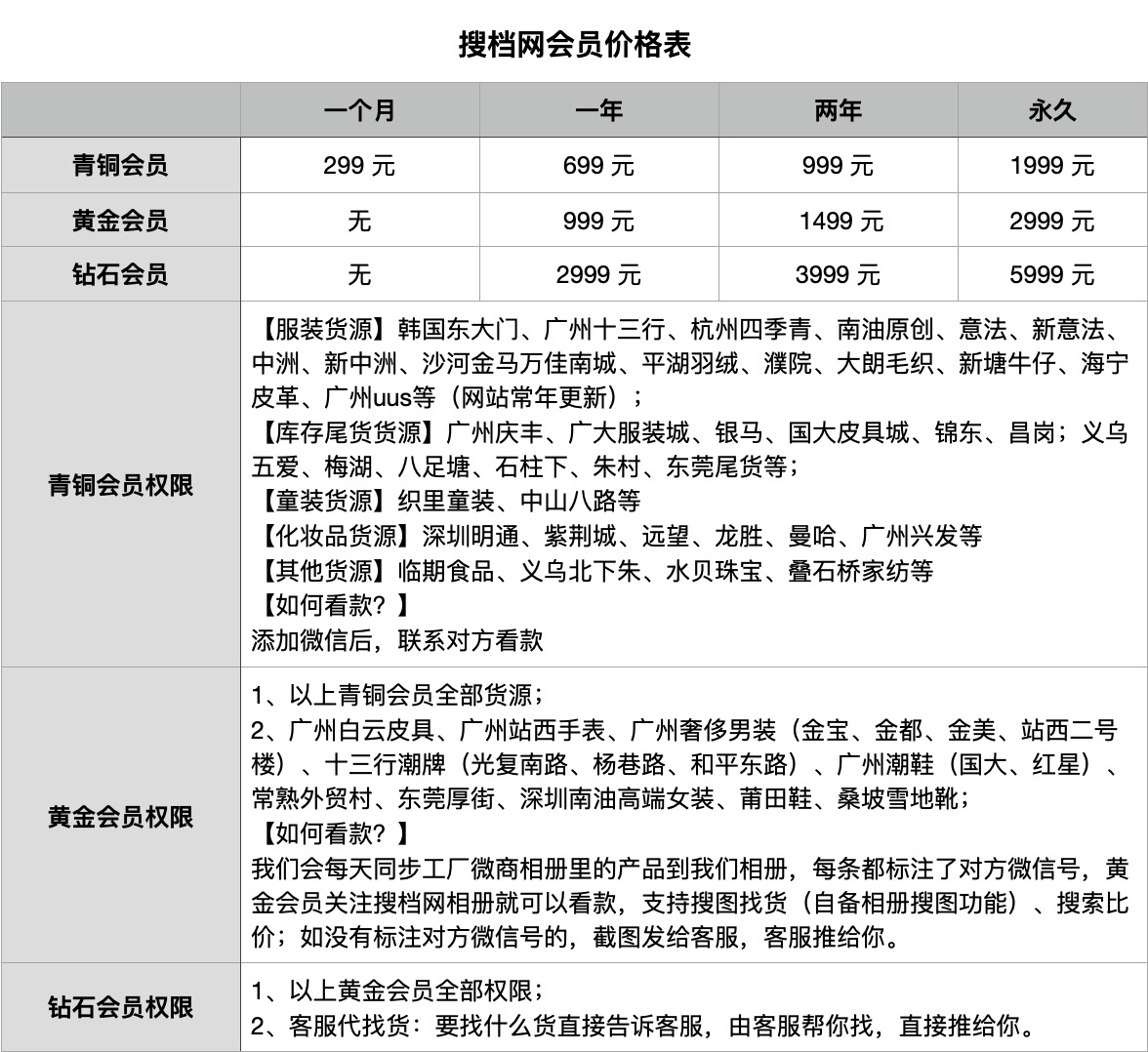


![Must-See for New Store Owners! In-Depth Analysis of Nanyou Building 108’s [34 Bestselling Wholesalers]! Bestsellers, Designer Styles, and New Chinese Chic All in One Place!](https://cdn.soudangkou.com/2025/10/20251031022627852.png)
